Those were sweet words to see indeed ! The custom formalities to cross from Peru to Chile were relatively straight forward, thanks to the information posted on iOverlander from other travellers. We were done in about one hour (exportation/importation papers for the vehicle leaving Peru and entering Chile included).
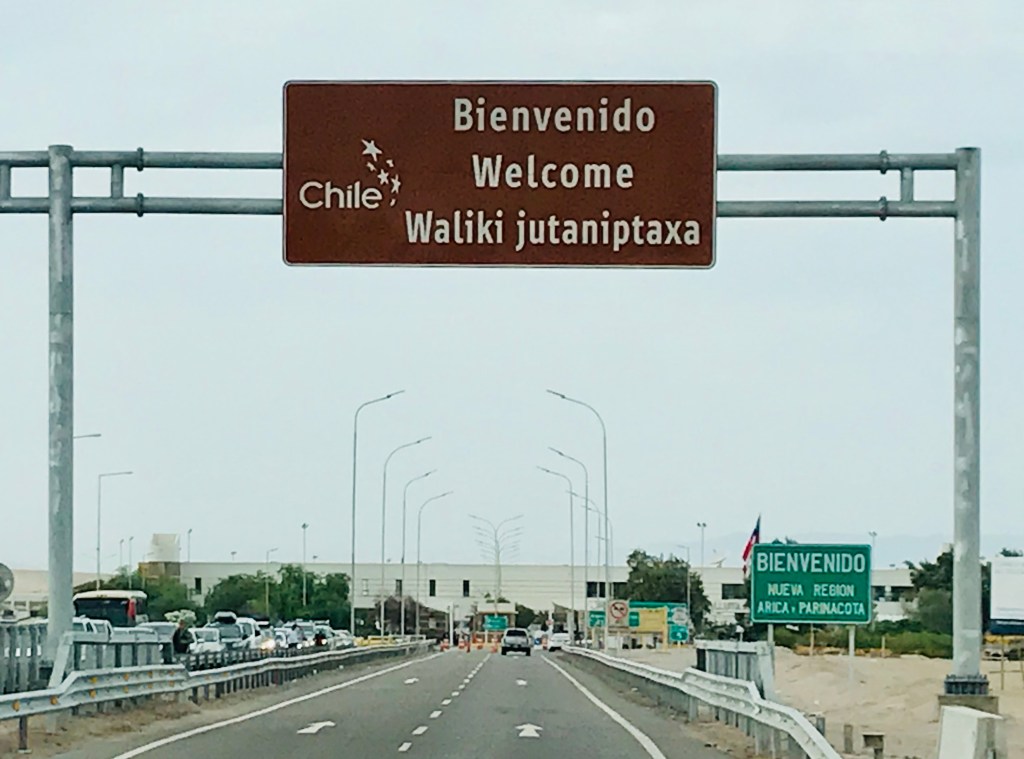
As with each border crossing up to now, the differences initially and immediately observed between one country and the next are striking. For example, Chile seems to be quite committed to solar power. Many street lamps are powered by solar panels and in even the smallest villages, houses may be seen to have panels on their roofs. We had not seen this so far as we made our way through Colombia, Ecuador, and Peru, although in many places it would only seem obvious to have these installations in place to take advantage of the sun’s powerful rays. Bicycle paths in cities and towns, and rest areas on the highways are quite common as opposed to the previous countries when we often wondered when we would be able to stop driving for a well-deserved break ! Cars stop for pedestrians here and it is rare to hear anyone angrily honking their car horn. Although the cost of living (from the eyes of a tourist) seems to be generally high, in supermarkets (at least in the few that we have visited so far), the absolute prices seem to be lower than the prices for the same items in the same type of supermarkets in Peru and Ecuador. In those countries, we often wondered how the average person could afford to shop there (I guess they don’t). However, this is just a superficial observation and given the protests in Chile over the cost of living, among other topics, the buying power of the average citizen is obviously declining considerably. At first first glance, the general standard of living appears to be higher here than in Colombia and Peru, as even the more modest neighborhoods in the towns/cities we have passed through are clean and orderly, with what appears from the outside to be « relatively decent » housing. Curiously, we have seen many car wrecks left in-situ on the sides of the highway, perhaps to remind drivers to be careful. Another roadside phenomenon are little (and sometimes not so little) houses that are placed next to the road to commemorate deaths from road accidents.

Solar powered street lamps 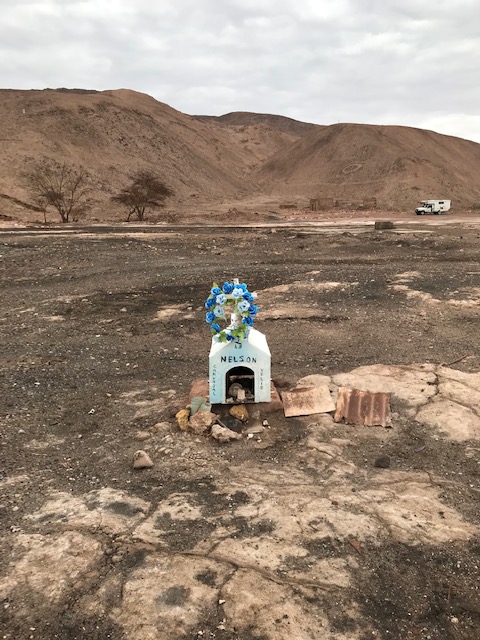
Little house by the side of the road
We made a quick stop in Arica, the first major city after the border, to buy groceries. The Chilean customs officers are known among overlander travellers as being notoriously vigorous in searching vehicles for forbidden products such as meat, fresh fruits, and vegetables, which are confiscated with a certain satisfaction. We therefore made it a point of finishing off these types of products before getting to the border and hiding others that we were a bit unsure about. After some friendly joking with the two officers, we only had some dried eucalyptus leaves (used by us as an air freshener for the camper) taken from the vehicle.
After leaving Arica, we visited the Museo Arqueologico San Miguel de Azapa in the neighboring town of San Miguel. The highlight of this museum, which houses vestiges of pre-Hispanic settlements, are the displays of mummies from the Chinchorro culture, believed to be 1000 years older than the mummies discovered in Egypt, and therefore the oldest known mummified bodies in the world.
Our next stop prior to attaining the much anticipated sites in the Atacama Desert was Iquique, along the Pacific coast. The entry into the city from the Panamerican Highway is very impressive: a steep descent next to a huge sand dune that separates the road from the city. Once the dune has been left behind, the city reveals itself with all its charm. The former industrial wealth of the city is still evident by the old wooden houses from the 19th century mining-period. However, many of these houses have not been maintained and in some places the city has a certain abandoned feeling. The local manifestations from the end of 2019 have also left their mark as evidenced by boarded up banks and stores that carry on their daily business behind protective metal sheets, and traces of melted tires on the roads from previous road-blocks. The city is a prime beach resort destination with a nice long beach, a pleasant boardwalk, and a relaxed laid-back atmosphere. As with many South American beaches, each person has their one square meter of sand next to their neighbour!
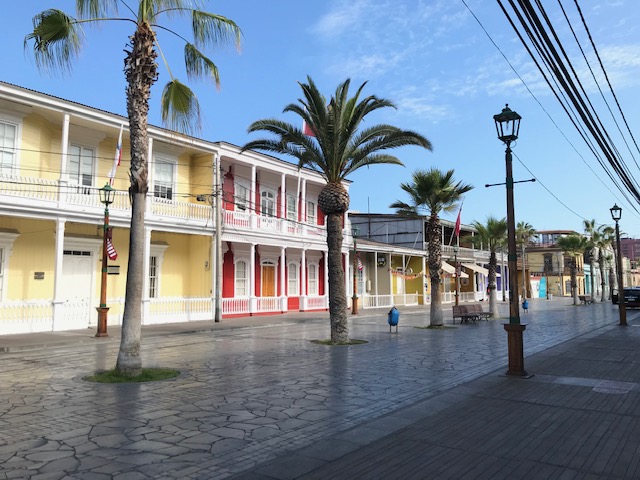
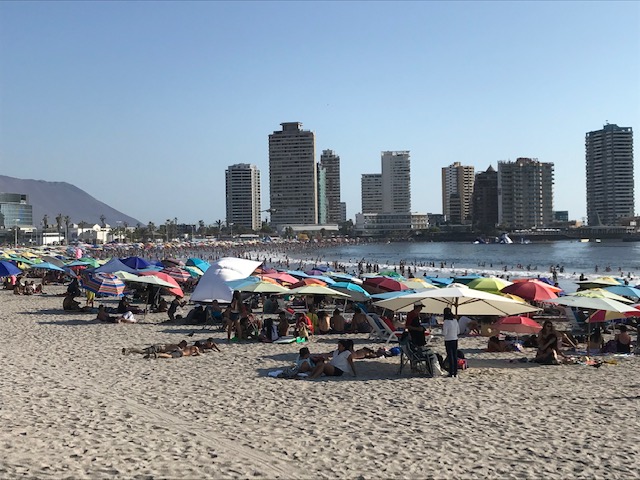
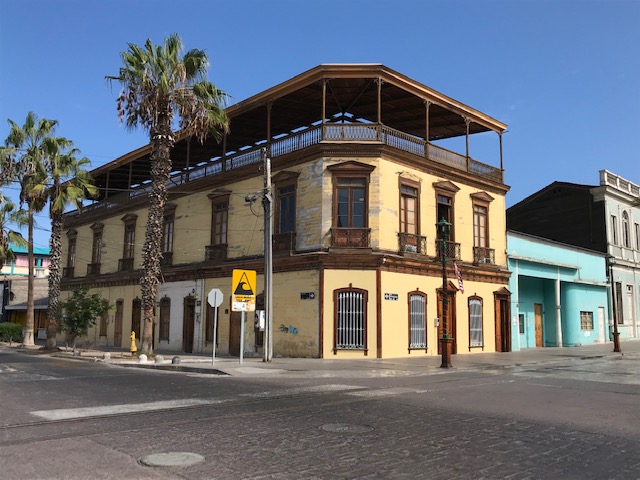
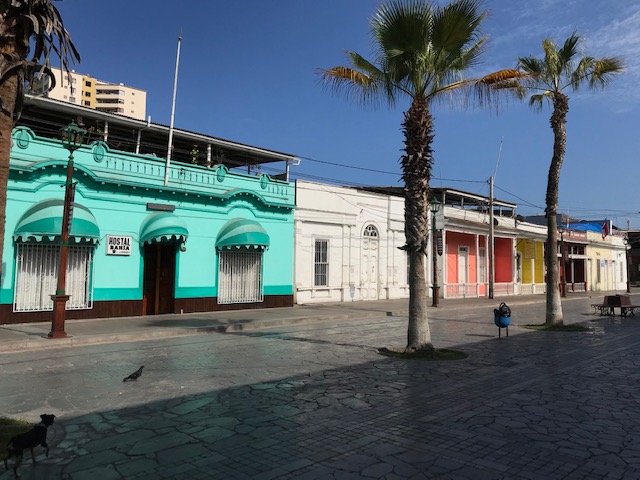
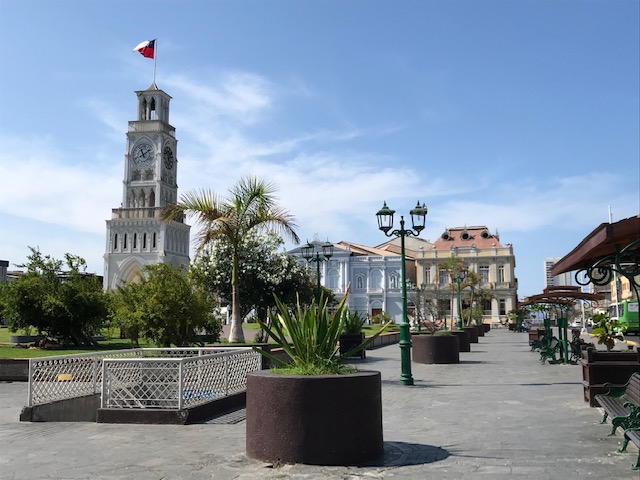
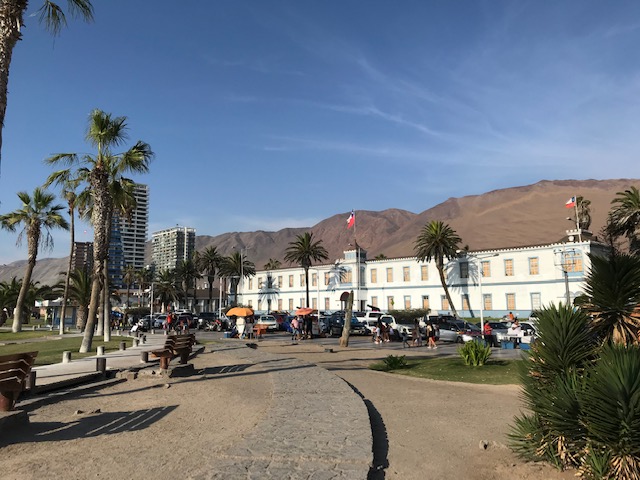
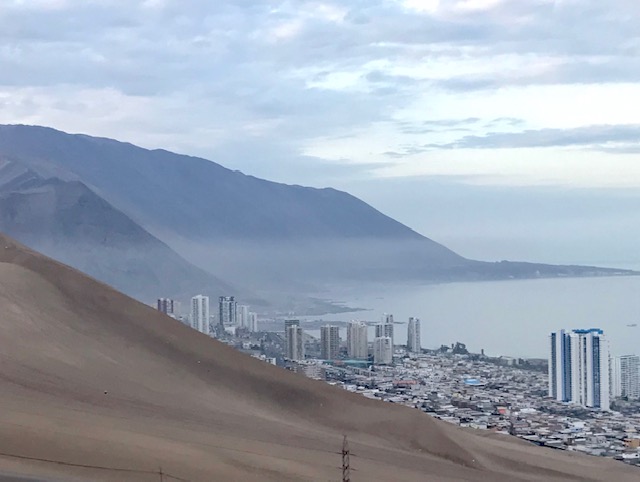
The city behind the dune 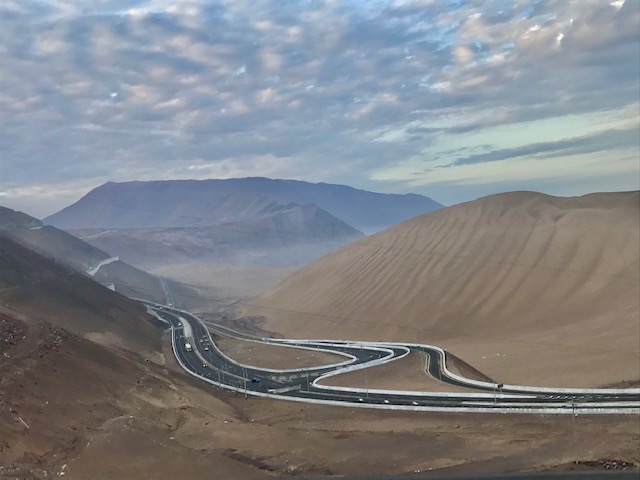
Highway into and out of Iquique
About 50 km east of Iquique, the ghost towns of Humberstone and Santa Laura (declared UNESCO heritage sites since 2005) have been maintained and can be visited. These two towns were formerly saltpeter (potassium nitrate) refining sites before the era of synthetically produced ammonia which led to industrial production of fertilizers and the closure of the local refineries. Indeed, the northern part of Chile is still very industrial and full of mines of all sorts (copper, silver, gold, and other metals).
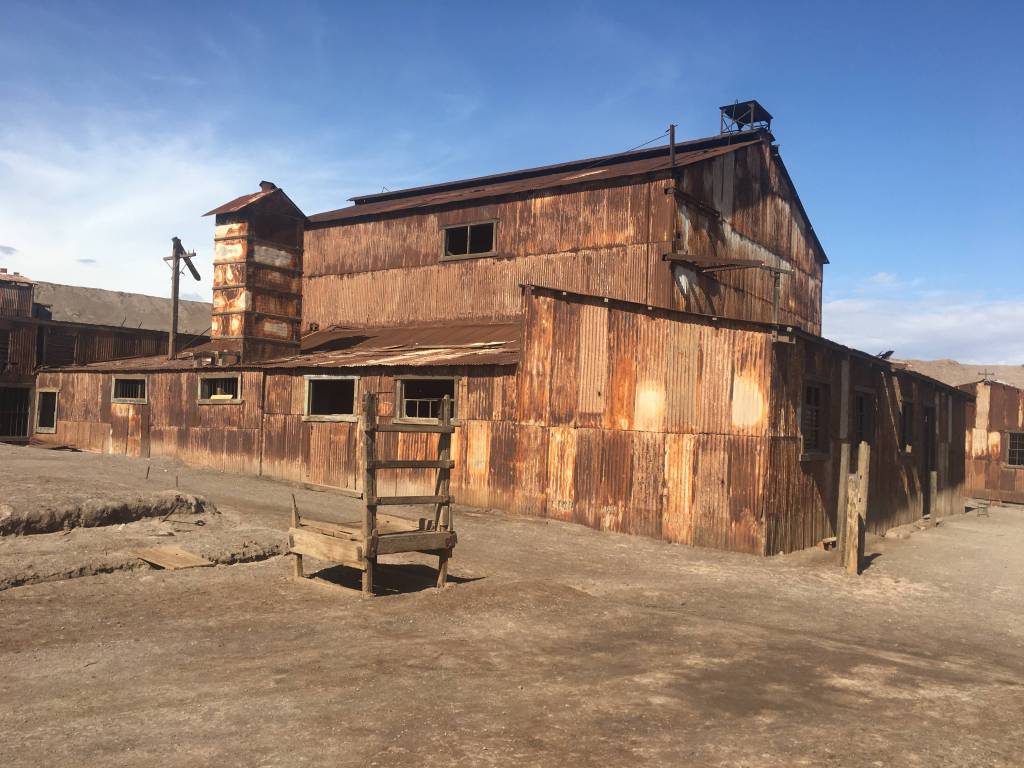
These were our first days in Chile and our first impressions of the country. With close to 4000 more kilometers to travel before reaching the southernmost points, hopefully before the start of winter, we realized we had to keep up the pace and move on. Next stop: San Pedro de Atacama and the surrounding region.

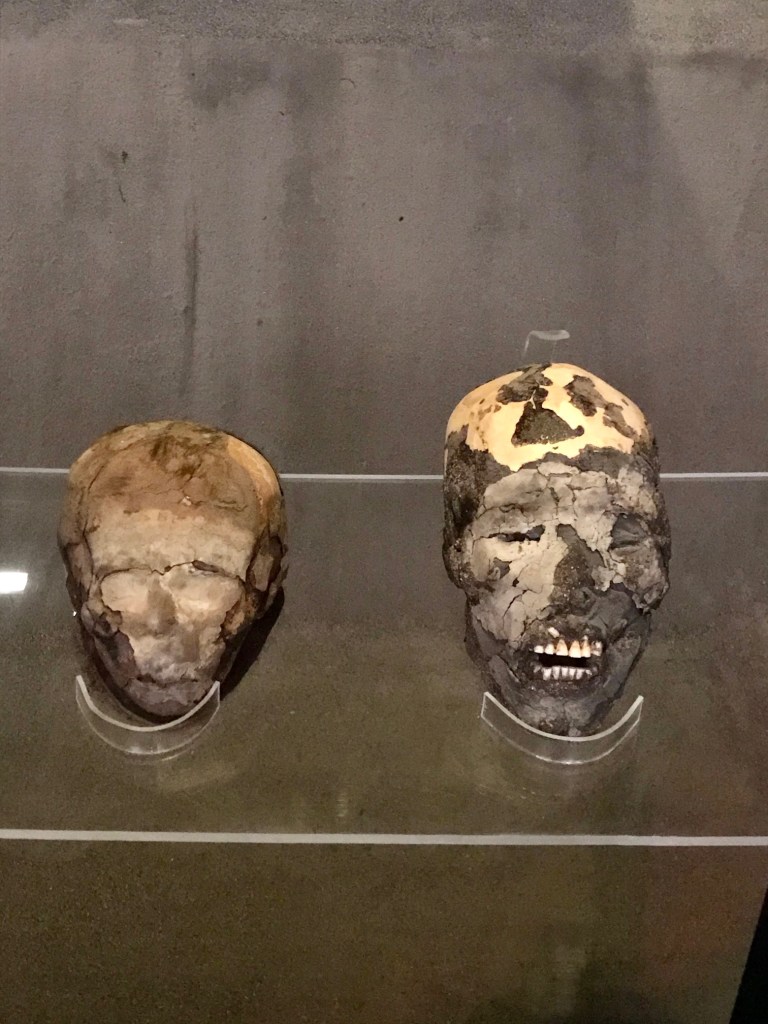
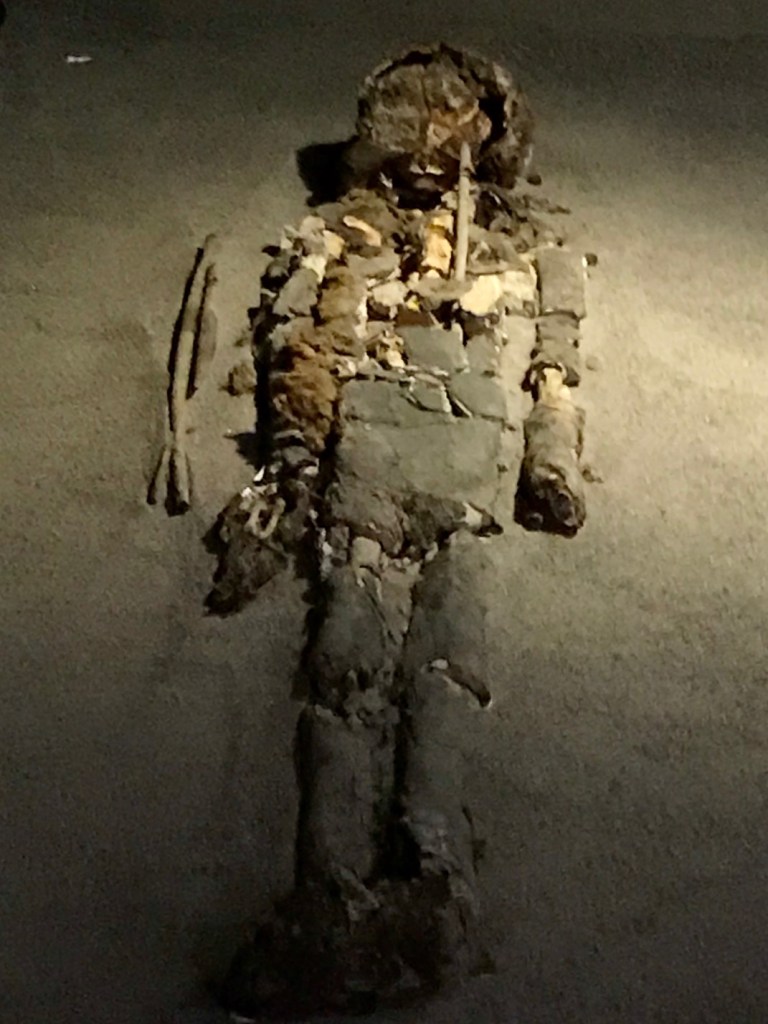
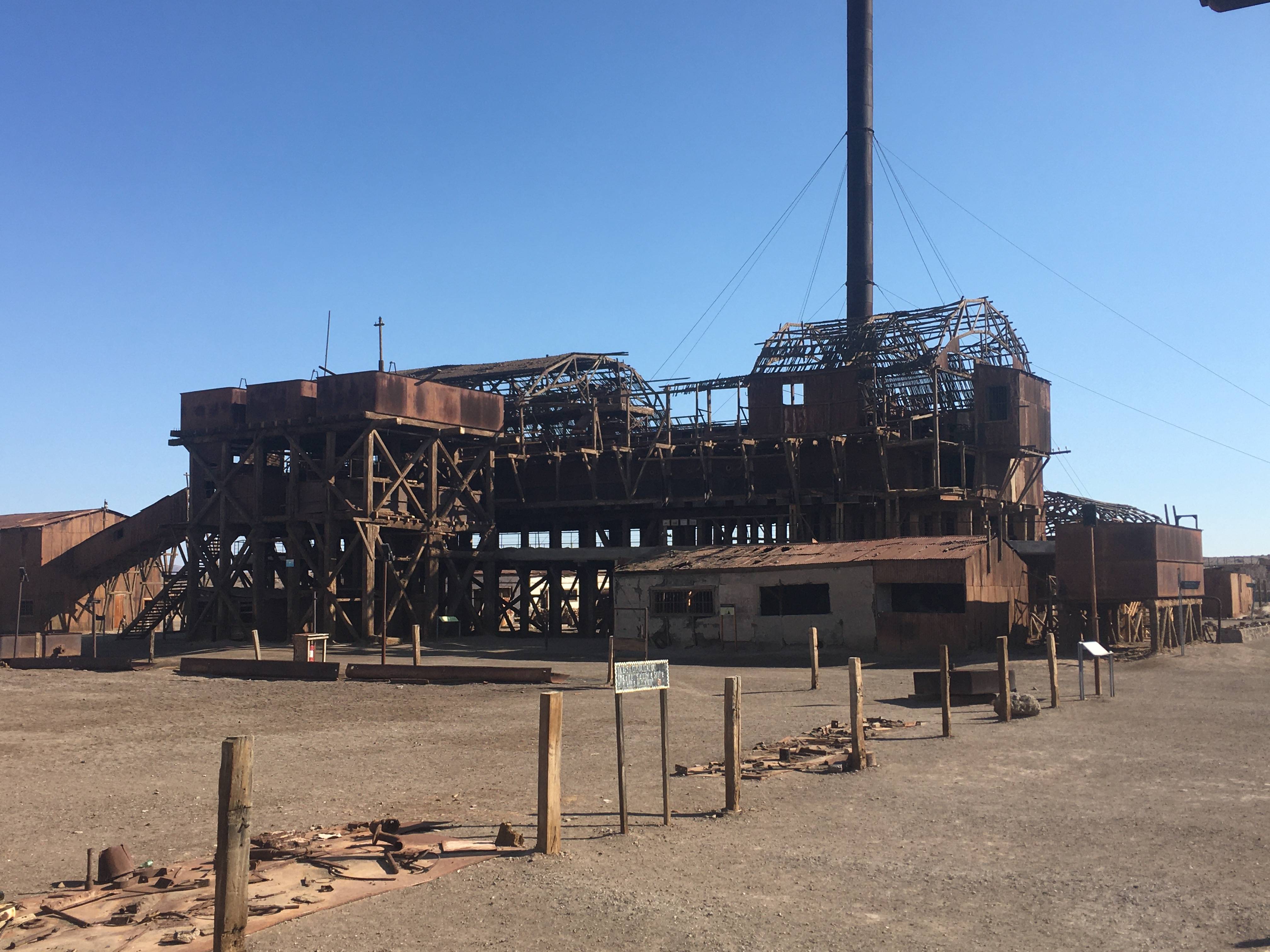
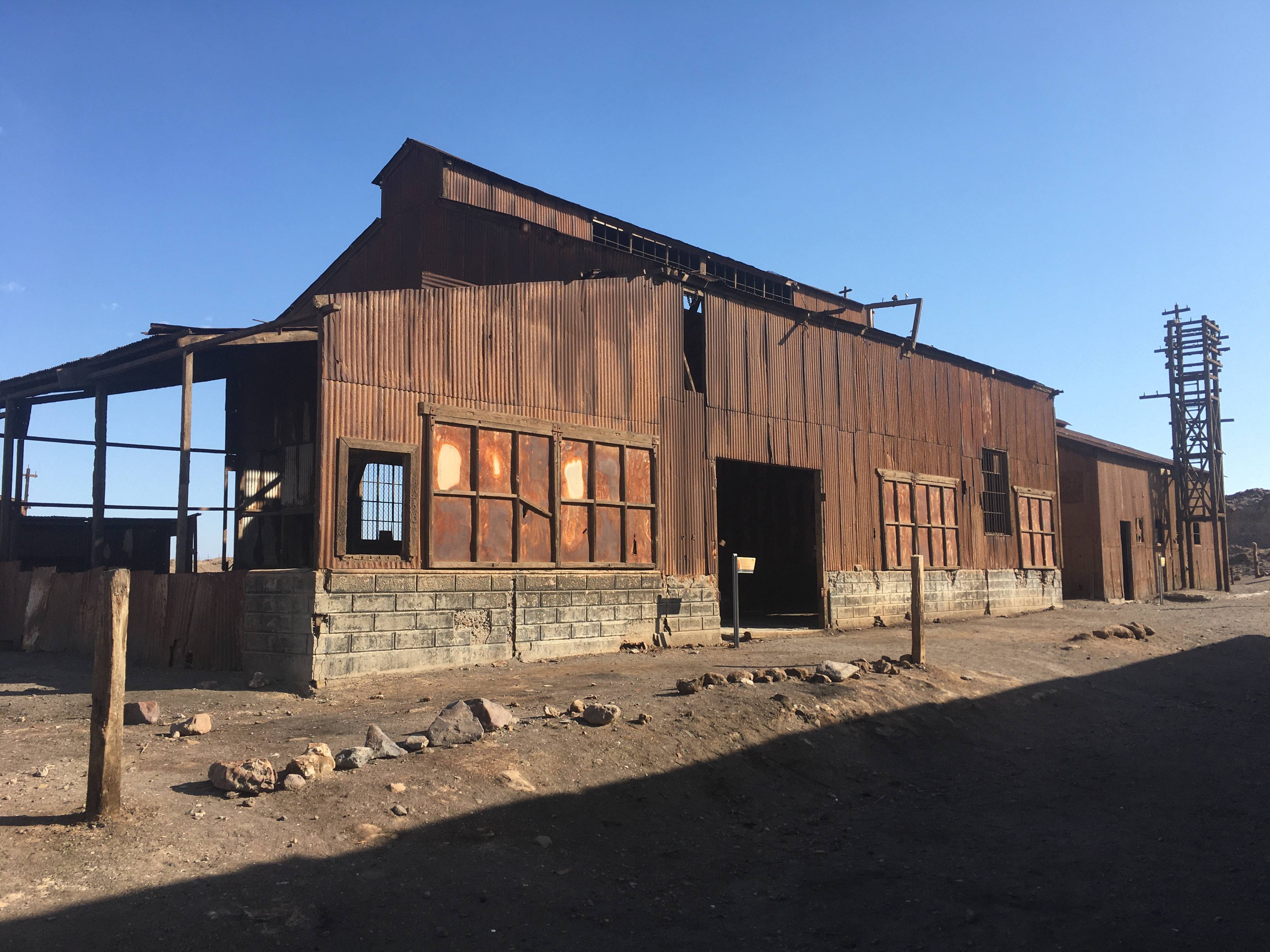
bonjour Laurent et Angy,
je suis votre voyage depuis le début et vous remercie pour les récits de vos étapes et toutes vos belles photos (j’ai été impressionnée par les animaux des Galapagos que j’ai montrés aux petits enfants!)
bonne continuation!
Michelle- Belfort
LikeLiked by 1 person
Salut Michelle et merci pour ton message. C’est avec plaisir que nous partageons nos experiences avec famille et amis. Les Galapagos était incroyable pour nous! Angie
LikeLike
Indeed how sweet these words sound to me as well ! Having traveled to Chile to visit our daughter over the last year, I am sure you will enjoy this beautiful country and people while you will go all along this long long coast. Looking forward to reading you and seeing your pictures from San Pedro . Abrazos y disfruten!
LikeLike
Salut Corine! J’ai oublié de te dire que j’ai presque fini la lecture du livre que tu m’as donné sur le Chile. Facile à lire et très intéressant! Merci encore!
LikeLike
bonjour à vous deux, en lisant ce passage, je me suis dit qu’écrire, décrire, raconter était certainement, pour vous,le meilleur moyen de revivre ce qui vient de se dérouler et d’ancrer ces souvenirs en vous, bien cordialement, Philippe
LikeLiked by 1 person
Yep, tu as raison nous utilisons ce blog comme un journal de voyage nos posts sont pour nous la meilleure facon d’essayer de vous faire partager ce que nous découvrons et ressentons au quotidien (malgré nos partis pris et nos lacunes d’écriture!).
LikeLike